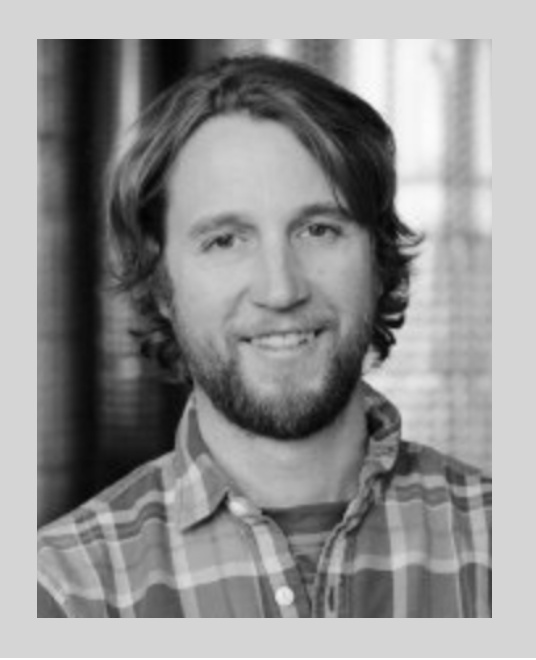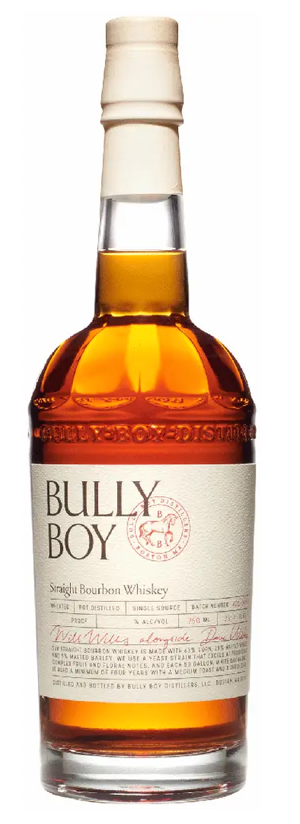Dave Willis
“Bully for Boston”
In the heart of Boston, far from the rolling hills of Kentucky or the peat fields of Scotland, Dave Willis built a whiskey operation rooted not in heritage, but in determination. His journey into distilling did not begin in a rickhouse. It began on a 150-acre working farm in Sherborn, Massachusetts, where he and his brother Will spent their childhood stacking hay bales, tending fields, and helping their parents run a family agricultural business. It was there, inside an old Prohibition-era stash of contraband spirits found in the basement, that the first spark of fascination with whiskey appeared.
Dave studied economics at Boston College, graduating in 2001. After college, he entered the finance world and later worked in corporate consulting. Despite a promising professional path, he found little satisfaction in office life. He stayed close to his brother Will, who pursued a similar corporate track after attending Haverford College. The two often talked about entrepreneurship, but their ideas never crystallized into plans until they revisited their family's farm one night in the late 2000s. The long-forgotten stash of old whiskey bottles resurfaced in conversation, and with it, a bold idea: build Boston’s first craft distillery since Prohibition.
In 2010, Dave and Will co-founded Bully Boy Distillers in Boston’s Roxbury neighborhood. Dave took on production, while Will focused more on operations and finance. The name “Bully Boy” came from the farm’s beloved workhorse, a massive draft animal that had served their great-grandfather’s dairy operation decades earlier. It symbolized strength, labor, and reliability, the attributes the Willis boys hoped to instill in their spirits.
At the start, Dave committed fully to whiskey, longer aging cycles, higher costs, and greater patience included. Unlike many young distilleries that launch with unaged vodka or rum, Bully Boy made whiskey part of its foundation from day one. Dave began distilling small batches of American Straight Whiskey, made primarily from corn, rye, and malted barley. The grains, whenever possible, came from Massachusetts farms. He ran double distillations through a combination of hybrid pot and column stills, aiming to create a local expression that leaned neither Kentucky nor Scottish, but Bostonian.
The first whiskey releases were young by industry standards, but Dave resisted shortcuts. He experimented with barrel size early on, using 53-gallon American white oak as well as smaller 25-gallon casks to understand how the maritime climate of New England affected maturation. Boston’s fluctuating humidity, cold winters, and hot but abrupt summers created unique aging conditions, certainly different from the heat-saturated rickhouses of the South. Dave leaned into that distinction rather than trying to mimic others.
In 2015, Bully Boy moved into a larger 8,000-square-foot facility on Cedric Street in Boston’s Newmarket district. The expansion gave Dave room for more whiskey barrels, hundreds stacked two and three high in the rick area of the warehouse. He soon launched Bully Boy American Straight Whiskey as a permanent core product, a blend of corn-based bourbon and rye components aged separately before marrying through a blend. Rather than position himself as a heritage revivalist, Dave adopted transparency. He openly described his grain bills, maturation timelines, and barrel strategies. His whiskey was not a throwback, it was distinctly modern, clean, and balanced with spice-forward character.
As whiskey demand grew across New England, Dave expanded his offerings. He released Bully Boy Straight Bourbon, distilled from a mash bill with over 70% corn, and aged in full-sized charred oak barrels. Next came Bully Boy Straight Rye Whiskey: spicier, drier, and sharper, intended as a cocktail workhorse for Boston’s thriving bartending scene. Dave also experimented with limited editions, including a bottled-in-bond American Straight Whiskey and a Single Barrel Series, each one labeled with individual barrel numbers and tasting notes.
While Dave ran production, his personal life remained grounded. He married his wife, Lauren, in the early 2010s. The couple later welcomed children, and despite the demands of running a distillery, Dave made a point to keep family central to his routine. He still returned often to the farm in Sherborn where his story began. His children, like him, spent time among the fields and barns that first inspired Bully Boy. F
From the basement stash on a Sherborn farm to the polished glass bottles on Boston shelves, every step of Dave Willis’s whiskey journey has been deliberate. He did not inherit a distillery; he built one. He did not replicate someone else’s tradition; he forged his own—one firmly planted in Massachusetts soil. And as his children grow up among the same barns and fields that inspired him, the story of Bully Boy whiskey becomes more than a business. It becomes a family legacy, distilled one barrel at a time.
Sources
Bully Boy Distillers – Official Website: https://www.bullyboydistillers.com
Boston Globe, “Brothers Bring Craft Distilling to Boston,” 2012.
Whisky Advocate, “A Visit to Bully Boy Distillers,” 2018.
Forbes, “Inside Boston’s First Craft Distillery,” 2019.
Edible Boston, “From Farm to Flask: The Story of Bully Boy,” 2015.
Contributed by Tracy McLemore, Fairview, Tennessee






